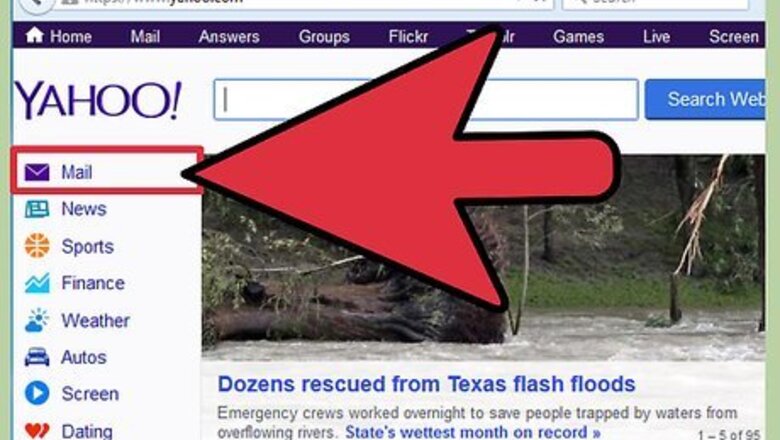
views
Using Yahoo Mail
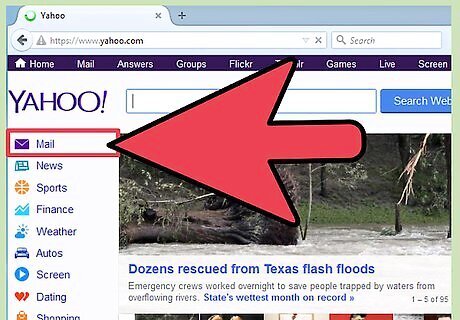
Log into your e-mail account. Open your web browser, type in www.yahoo.com on the address bar, and hit "Enter." Click on the Mail icon on the upper-right side of the screen and log in with your e-mail address and password. Alternatively, you can head to http://mail.yahoo.com. You won’t need to click any Mail icon; just enter your login details and click "Sign In."

Go to your inbox. Once you’re logged in, go to your inbox by clicking on it on the left menu panel of the window. Web e-mail providers basically have a common layout, with the menu panel on the left pane.
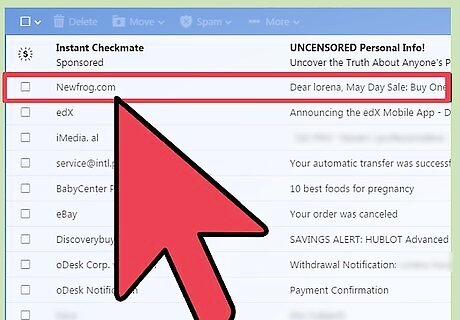
Open the message with the attachment you want to save. Once you’re inside the inbox, click on the message with the attachment you want to save. Messages with attachments have the paper clip icon beside it.
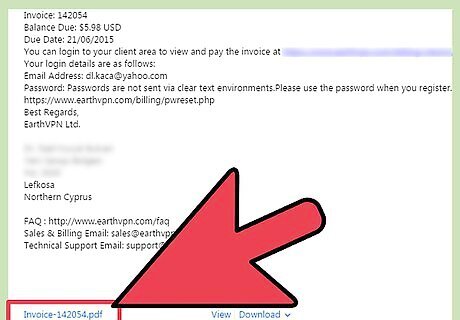
Scroll down the message. On the current interface of Yahoo mail, go to the body of the e-mail message and scroll down. All files attached to a message are listed at the bottom of the body.
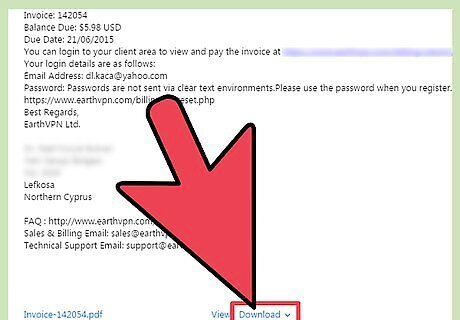
Click the Download link beside the name of the file. For images, click the Down arrow on the lower right corner of the thumbnail to download it. Wait for the file to finish downloading.
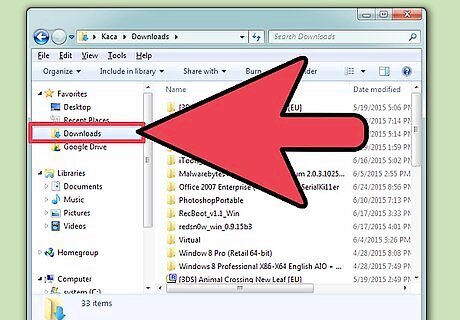
Go to your computer’s Download folder to see the saved attachment. Double-click on the file to open it.
Using Google Mail
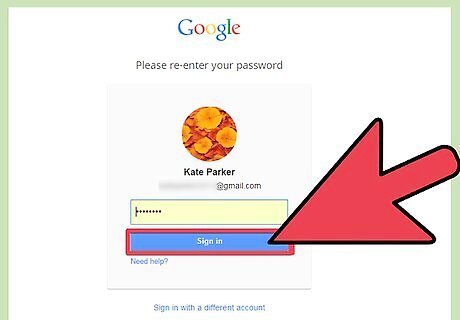
Log into your e-mail account. Open your web browser, type in www.mail.google.com on the address bar, and hit "Enter." On the Gmail page, log in with your username and password on the provided fields.

Go to your inbox. Once you’re logged in, go to your inbox by clicking on it on the left menu panel of the window. Web e-mail providers basically have a common layout, with the menu panel on the left pane.
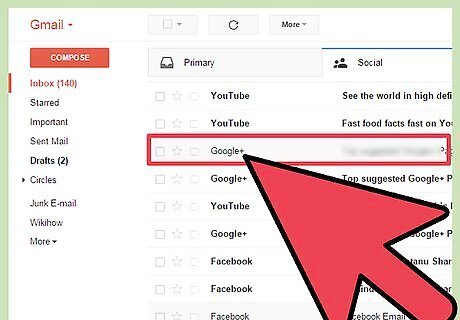
Open the message with the attachment you want to save. Once you’re inside the inbox, click on the message with the attachment you want to save. Messages with attachments have the paper clip icon beside it.
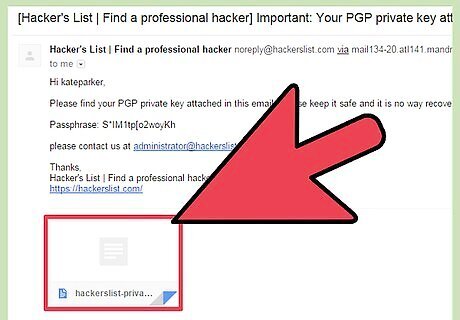
Scroll down the message. On the current interface of Yahoo mail, go to the body of the e-mail message and scroll down. All files attached to a message are listed at the bottom of the body. In Google Mail, all the attachments have thumbnails, regardless if it’s a document file or an image.
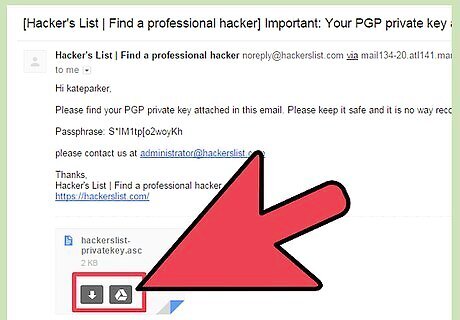
Move your mouse cursor over the attachment thumbnail. Two buttons will appear on it: a Down Arrow icon and the Google Drive icon.

Download the attachment. Just click the Down arrow on the thumbnail and the browser will begin downloading the file.
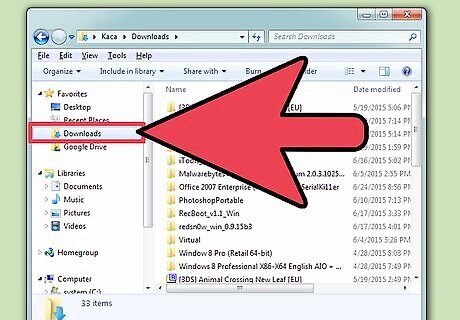
View the saved attachment. Wait for the download to finish, and then open your computer’s Download folder (located inside your My Documents folder) to view the saved attachment.
Using AOL Mail
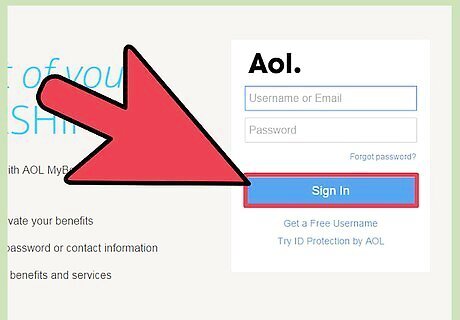
Log into your e-mail account. Open your web browser, type in https://login.aol.com/ on the address bar, and hit "Enter." Type in your login details in the fields provided and click on "Sign In."
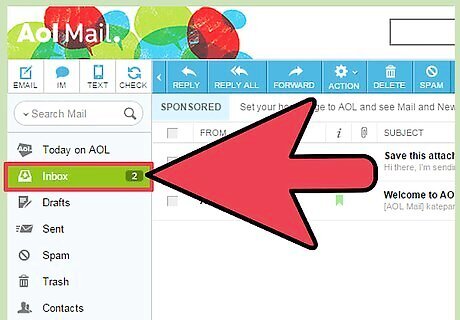
Go to your inbox. Once you’re logged in, go to your inbox by clicking on it on the left menu panel of the window. Web e-mail providers basically have a common layout, with the menu panel on the left pane.
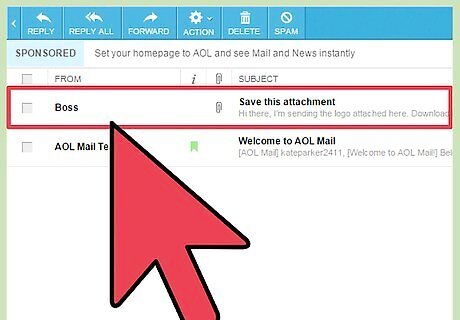
Open the message with the attachment you want to save. Once you’re inside the inbox, click on the message with the attachment you want to save. Messages with attachments have the paper clip icon beside it.

Look at the message’s heading. This is the part on top of the e-mail body where the e-mail details are displayed. In AOL, attachments are listed here instead of at the bottom of the body.
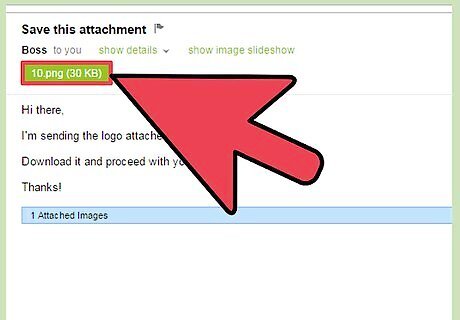
Download the attachment. Attachments in AOL appear as links instead of thumbnails. There is also no Download button to click. Just click on the attachment link, and it will automatically be downloaded to your computer.
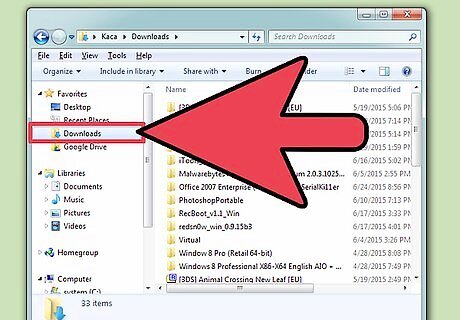
View the saved attachment. Wait for the download to finish and open your computer’s Download folder (located inside your My Documents folder) to view the saved attachment.
Using Outlook Mail
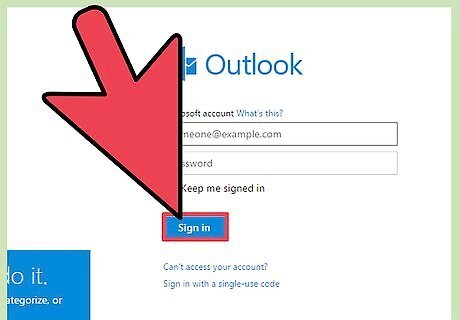
Log into your e-mail account. Use the Live.com mail server. Type in your login details in the fields provided and click on "Sign In."
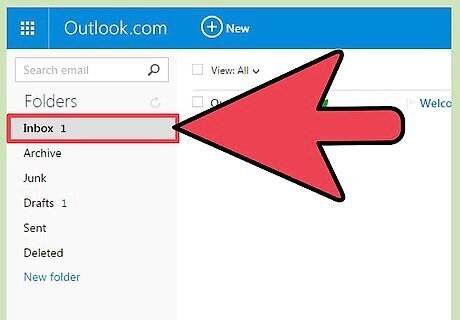
Go to your inbox. Once you’re logged in, go to your inbox by clicking on it on the left menu panel of the window. Web e-mail providers basically have a common layout, with the menu panel on the left pane.
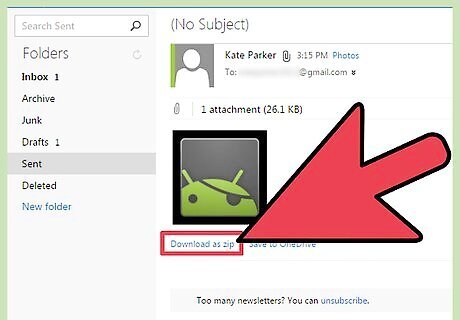
Download the attachment. In Outlook Mail, the attachments are displayed both at the header and at the bottom of the message body. On the header, attachments are listed as links while at the bottom, attachments are shown as thumbnails. On both areas, there’s a link labeled “Download as Zip” beside the names of the attachment. To save these attachments, click on the “Download as Zip” link to begin downloading. If the e-mail sender is unknown or not listed in your Contacts, a small window will appear asking confirmation before downloading. Simply click on "Unblock" to confirm and begin download.
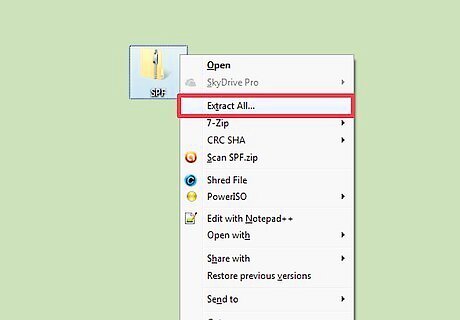
Extract the downloaded attachments. Unlike with other web e-mails, attachments downloaded from Outlook are saved as ZIP. ZIP files are just compressed folders. To open these attachments, right-click on the file and select Extract Files from the pop-up menu. All the contents of the ZIP folder will be extracted, and you can now open the saved attachments like pictures or documents.




















Comments
0 comment